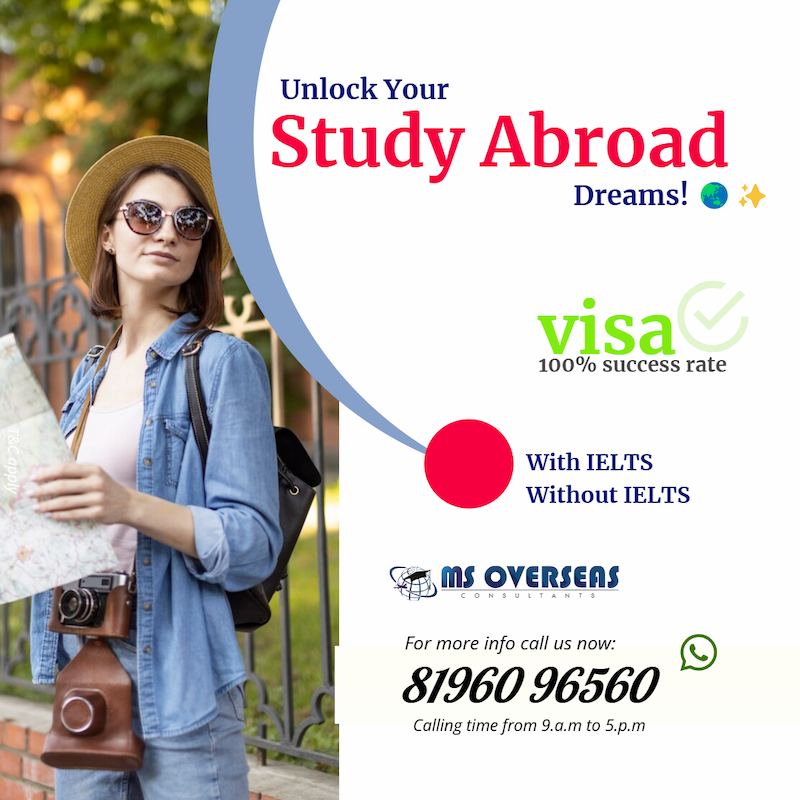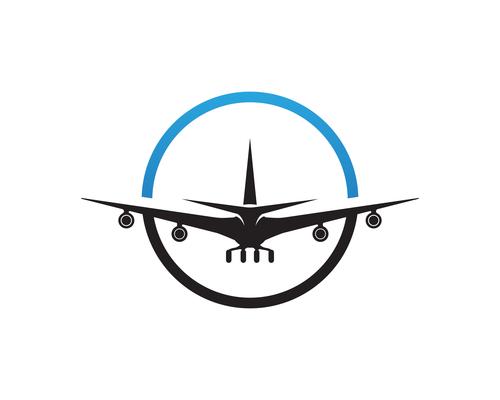On June 26, 2024, New Zealand implemented significant changes to its Accredited Employer Work Visa (AEWV) rules, impacting many individuals in roles classified under the Australian and New Zealand Standard Classification of Occupations (ANZSCO) levels 4 and 5. This extensive guide explores the implications of these updates, exemptions, the application process, and the broader effects on both prospective applicants and current visa holders. Accredited Work Visa Rules
Understanding the Changes
The recent revisions to the AEWV rules signify a strategic realignment of New Zealand’s visa policies. The aim is to ensure that visa categories, particularly those affecting skilled migrant workers and their families, align with the country’s evolving economic priorities and immigration goals. By updating the AEWV framework, the government seeks to balance labor market demands with managing the inflow of skilled workers contributing to New Zealand’s economy.

Key Changes in the AEWV Rules
Effective June 26, 2024, individuals holding AEWVs in ANZSCO levels 4 and 5 roles face new restrictions on their ability to sponsor visas for their partners and dependent children. Previously, AEWV holders could support their family members’ visa applications without many restrictions. However, the updated rules now require AEWV holders in these roles to have a clear pathway to residency to sponsor family visas.
Impact on Family Visa Sponsorship
Under the revised rules, AEWV holders in ANZSCO levels 4 and 5 roles without a pathway to residency will no longer be eligible to support visa applications for their partners or dependent children. This change prioritizes residency pathways and ensures those sponsored under the AEWV scheme have a viable route toward permanent settlement in New Zealand. This adjustment reflects a shift towards aligning the AEWV framework with the previous Essential Skills Work Visa structure, which also required a pathway to residency for family visa sponsorship.
Exemptions and Special Considerations
Despite the new stringent rules, certain exemptions apply to mitigate the impact on current visa holders and specific categories of AEWV holders:
Current Visa Holders:
Individuals who already hold visas as partners or dependent children under the previous regulations will not be affected by the new rules. Their existing visa status remains valid until its expiry, subject to renewal under the conditions prevailing at the time of application.
Residency Pathways:
AEWV holders in ANZSCO level 4 and 5 roles with a recognized pathway to residency, such as those on the Green List or covered under sector-specific agreements with residency provisions, are exempt from the new sponsorship restrictions. These pathways recognize their valuable contribution to New Zealand’s workforce and economy, allowing them to continue supporting family visas.
Income Threshold Exemption:
AEWV holders earning at least 1.5 times the median wage threshold for the Skilled Migrant Category are also exempt from the new restrictions. This exemption acknowledges their higher earning potential and ability to financially support family members under New Zealand’s visa requirements.

Application Process for Family Visas
For AEWV holders seeking to sponsor visas for their partners or dependent children, meeting specific criteria is essential:
Income Requirements:
AEWV holders must demonstrate sufficient income to support their family members’ visa applications. The income threshold varies depending on the ANZSCO skill level of the holder’s occupation and is crucial in determining eligibility for sponsoring family visas.
Occupational Skill Level:
The ANZSCO skill level of the AEWV holder’s occupation significantly impacts their ability to sponsor family visas. Roles classified under ANZSCO levels 4 and 5 require a pathway to residency for family sponsorship under the revised AEWV rules.
Visa Types:
Depending on eligibility criteria, AEWV holders may sponsor various types of visas for their family members, including work visas, visitor visas, or student visas. The type of visa available will depend on factors such as the ANZSCO skill level, income level, and specific immigration requirements at the time of application.
Detailed Explanation of the New Changes
The AEWV rule changes represent a significant shift in how New Zealand manages its work visa program. By focusing on the ANZSCO levels, the government aims to align the AEWV with broader immigration strategies that prioritize long-term residency and economic contributions. Understanding these changes requires a deeper look into the ANZSCO classification and the rationale behind the policy update.
ANZSCO Classification Levels
ANZSCO, or the Australian and New Zealand Standard Classification of Occupations, is a system that categorizes occupations based on skill level and qualifications required. It ranges from level 1 (highest skill) to level 5 (lowest skill). Levels 4 and 5 typically include roles that require lower skill levels and qualifications. The recent policy changes particularly impact these levels, emphasizing the need for a clear residency pathway for those in lower-skilled roles.
Rationale Behind the Changes
The rationale behind these updates is multifaceted. Primarily, the government aims to:
Enhance Residency Pathways:
By requiring a clear pathway to residency for family sponsorship, the policy ensures that those who can support their families in New Zealand are more likely to settle permanently. This helps in building a stable, long-term workforce.
Address Labor Market Demands:
The changes are designed to meet the evolving needs of New Zealand’s labor market. By prioritizing roles with clear residency pathways, the government aims to attract skilled workers in sectors experiencing shortages.
Ensure Sustainable Immigration Levels:
Managing the inflow of workers and their families helps maintain sustainable immigration levels, ensuring that infrastructure and public services can support new arrivals.
Application Process for Family Visas: A Step-by-Step Guide
For AEWV holders looking to sponsor their partners or dependent children, the process can be intricate. Here’s a step-by-step guide:
Assess Eligibility:
Determine if your role falls under ANZSCO levels 4 and 5. If it does, check if you have a recognized residency pathway or meet the income threshold exemption.
Gather Documentation:
Collect all necessary documents, including proof of income, employment details, and evidence of your role’s ANZSCO classification.
Submit Application:
Apply through the official Immigration New Zealand portal. Ensure all details are accurate and all required documents are included.
Await Decision:
The processing time can vary. During this period, Immigration New Zealand may request additional information.
Post-Approval:
If approved, your family members will receive their visas. Ensure they understand the conditions and validity period of their visas.
Implications for New Zealand’s Immigration Strategy
The changes to the AEWV rules reflect broader shifts in New Zealand’s immigration strategy, focusing on enhancing residency pathways and ensuring that skilled migrant workers contribute to the country’s long-term economic growth. By aligning visa policies with economic priorities, the government aims to attract and retain skilled workers who can address labor shortages in key sectors while maintaining sustainable immigration levels.
Conclusion: The recent amendments to the New Zealand Accredited Employer Work Visa rules mark a significant step towards refining the country’s immigration framework. While these changes may pose challenges for some AEWV holders, particularly those in ANZSCO level 4 and 5 roles without residency pathways, they underscore New Zealand’s commitment to managing immigration in a manner that supports economic growth and meets the evolving needs of its workforce. For more information contact us now.

Disclaimer
The information provided in this guide is based on current regulations as of June 26, 2024. Visa policies are subject to change, and readers are encouraged to consult official sources or immigration experts for the latest updates and personalized guidance tailored to their specific circumstances.
Source: www.financialexpress.com
Also read:
- UK Study Visa Approved Without IELTS – Even After a 5-Year Study Gap!
- 10 Most Budget-Friendly Countries for Indian Students to Study Abroad
- Discover the Best Time to Visit Canada: A Complete Guide for Your Dream Adventure
- Navigating Post-Study Work Opportunities & Tuition Fees: A New Era for International Students in the UK, US, Canada, and Europe
- Exciting News: Malaysia Extends Visa-Free Entry for Indian Nationals Until 2026!
 Need expert Advise ?
Need expert Advise ?
